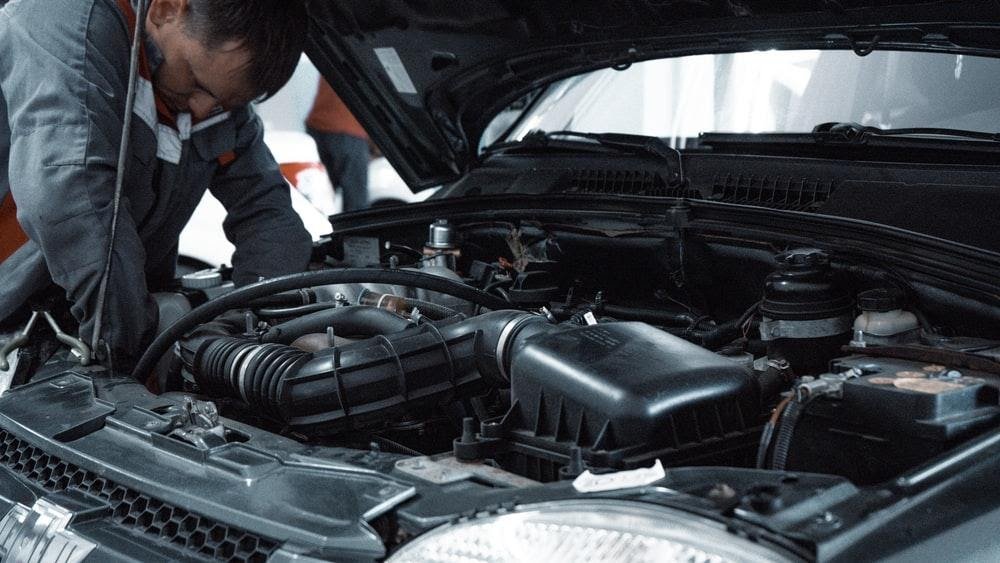Car maintenance is an essential part of owning a car, especially if you plan on driving it for many years to come. Over time and through everyday use, your car will most likely begin to show signs that it requires some servicing.
However, many people do not take their new cars for maintenance until the sign of car trouble becomes real car trouble.
This article will outline several important ways to update your car maintenance ways in 2022, discussing the importance of each point along the way. So, let’s get into it!
1. Don’t Skip Scheduled Car Maintenance
If you didn’t already know, your car has scheduled car maintenance sessions and must be serviced more-or-less according to that scheduling. You can find out when your new car’s recommended car maintenance should be scheduled by checking the owner’s manual of your vehicle.
Skipping scheduled car maintenance services is not a good idea as those services are in place to ensure all the most vulnerable machinery and mechanisms of your car are working properly. This includes wires, fluids, spark plugs, serpentine belts, etc.
2. Know Your Car’s Oil Change Needs
Not long ago, every car on the road required an oil and filter change after every 3000 miles of driving. However, the automotive industry is rapidly moving away from the days of conventional motor oil, and newer vehicles can take more mileage before needing an oil change.
Today’s high-efficiency engines use synthetic motor oils, which only need to be changed every 5000 to 10,000 miles, or 6 to 8 months. Due to the stark differences between new and old engines, commonly held advice regarding oil changes may not be valid anymore.
Find out your car’s specific oil-change needs so that you know exactly how much you can drive before needing an oil change.
3. Use the Correct Octane Rating
Car maintenance is not just about taking your car for regular servicing or monthly waxing. Making sure you are putting the right fuel in your car is essential to ensure the full lifespan of your engine.
The aspect that most people get wrong about fuel is the octane rating, as it is commonly held that a higher octane rating will make you go faster. Although high octane fuels are typically used in sports cars, they do not have inherent speed-giving powers. The engines of modern sports cars are designed to run on high octane fuel.
However, if you are using a higher octane rating than your engine is designed for, this will cause your engine to run at very low efficiency, thereby reducing its lifespan. Therefore, check with your dealer or the owner’s manual to confirm what octane rating your car is designed for.
4. Check Your Tire Pressure
Maintaining tire pressure is a very important aspect of overall car maintenance, and of course, safety, and you should regularly check your tire pressure if you don’t already. While most modern cars have a tire pressure sensor (TMPS), you can invest in a tire gauge if your car doesn’t have one.
Having the correct tire pressure that your tires are rated for and ensuring that all tires have essentially even pressure at all times controls the wear and tear on your tires and improves fuel efficiency.
Also read: Buying a Used Car: Consider These Things
Final Words
Some car owners find the process of regularly checking and maintaining their car all part of the fun of owning a vehicle. Ensuring that you keep your car up to date on its maintenance will ensure that it drives better and that you get to drive it for longer.
